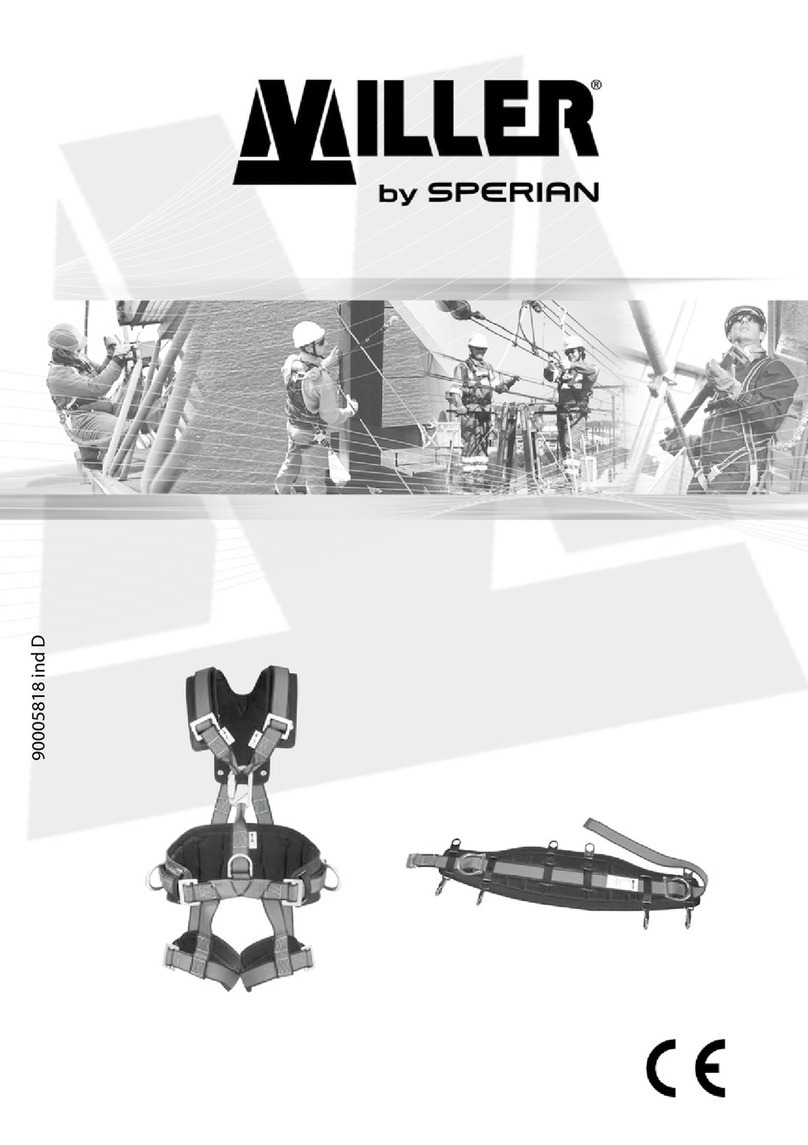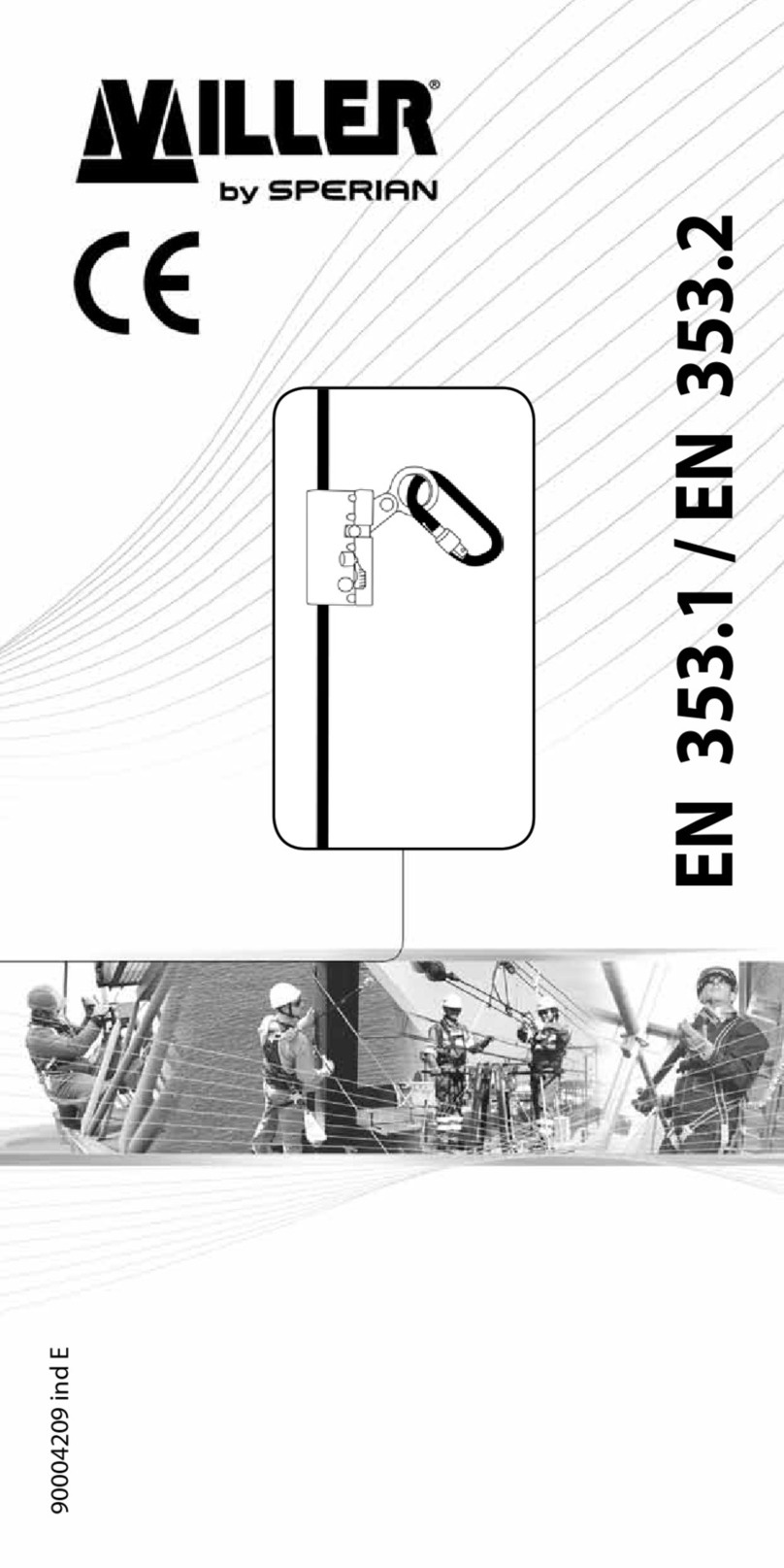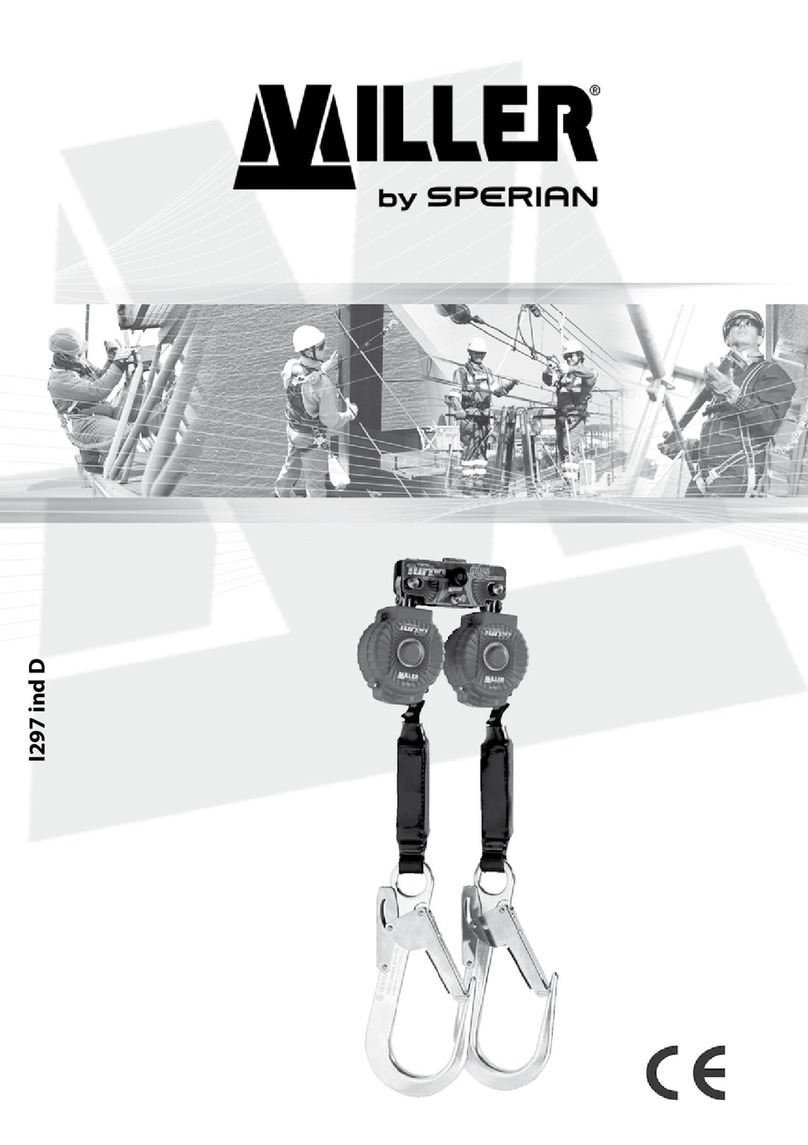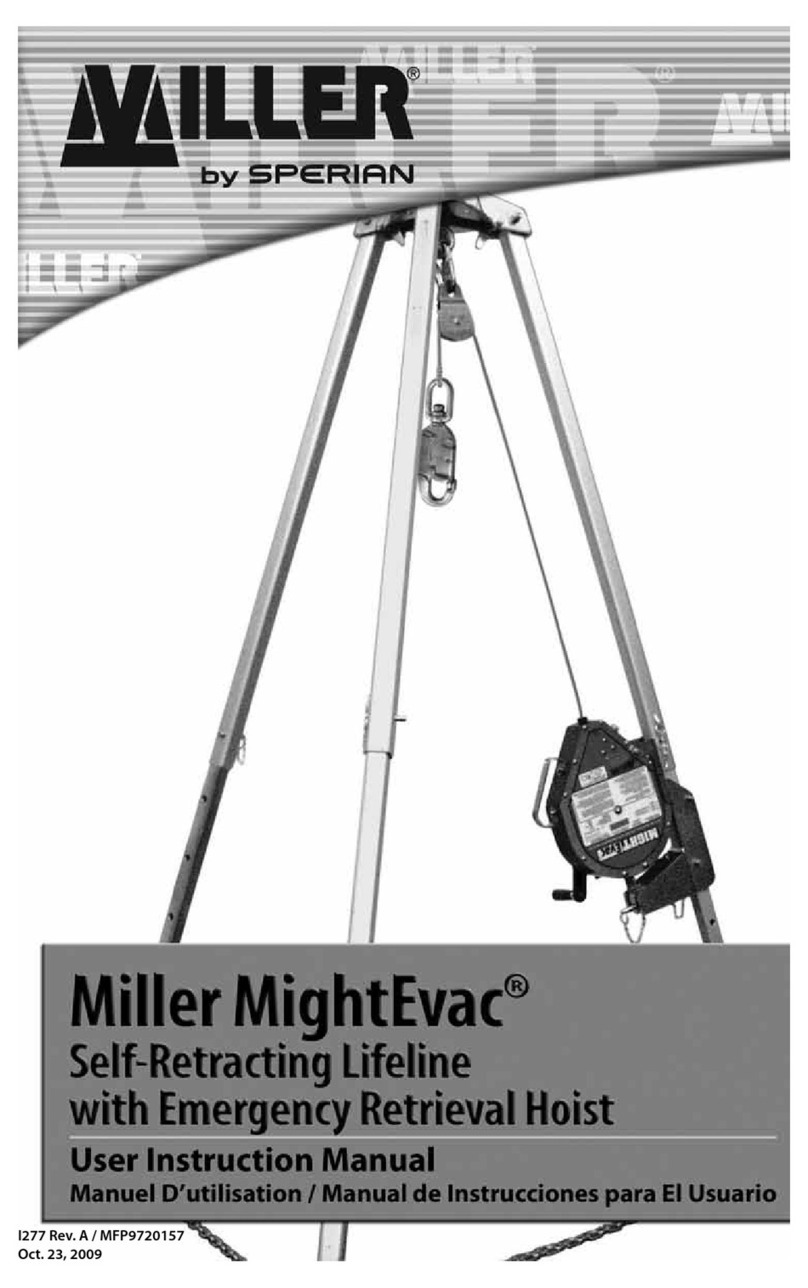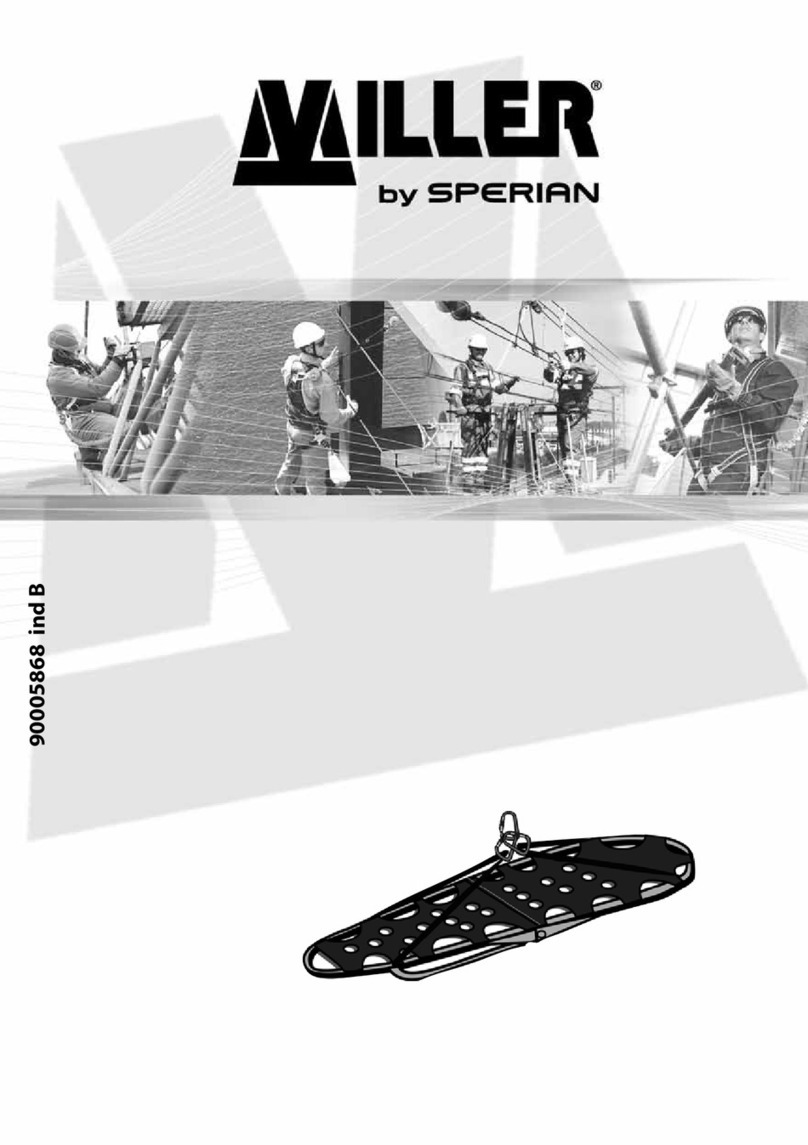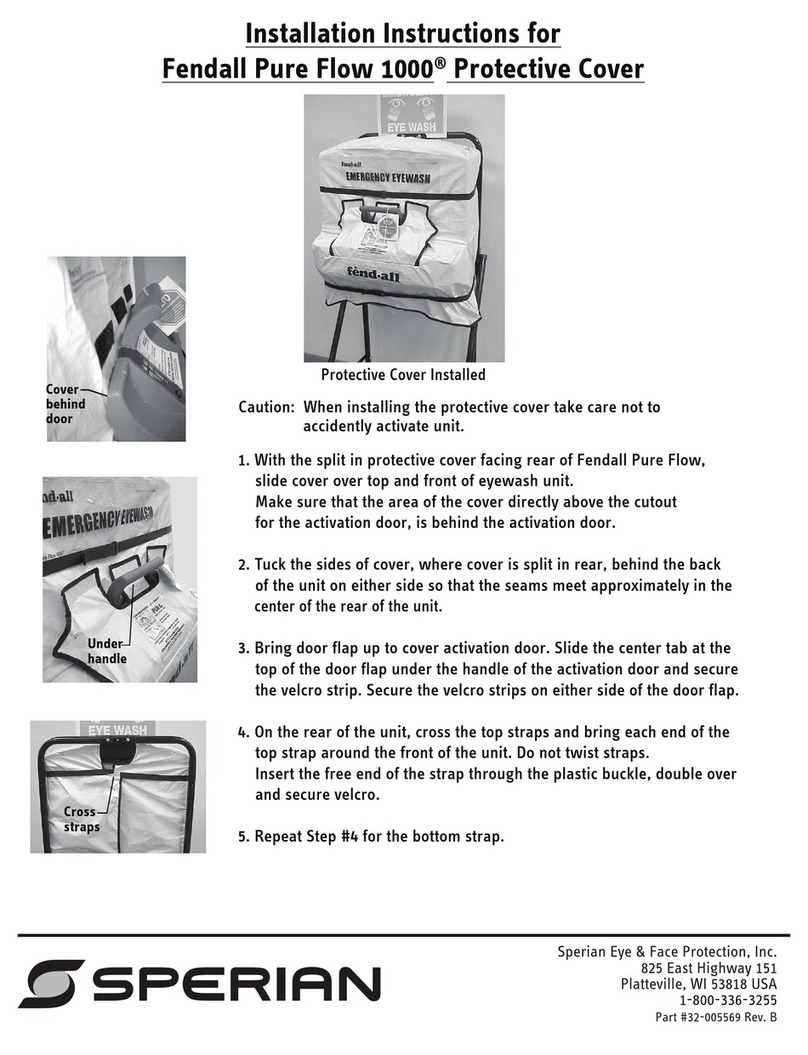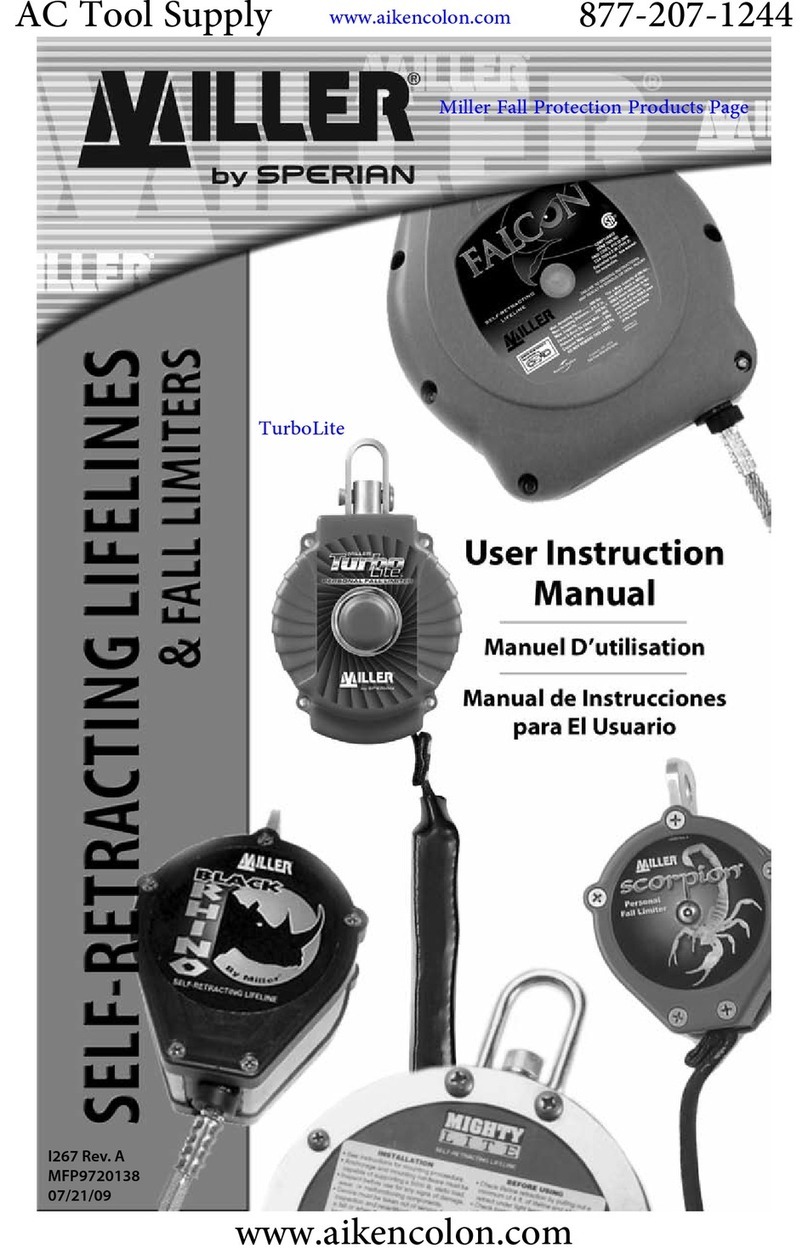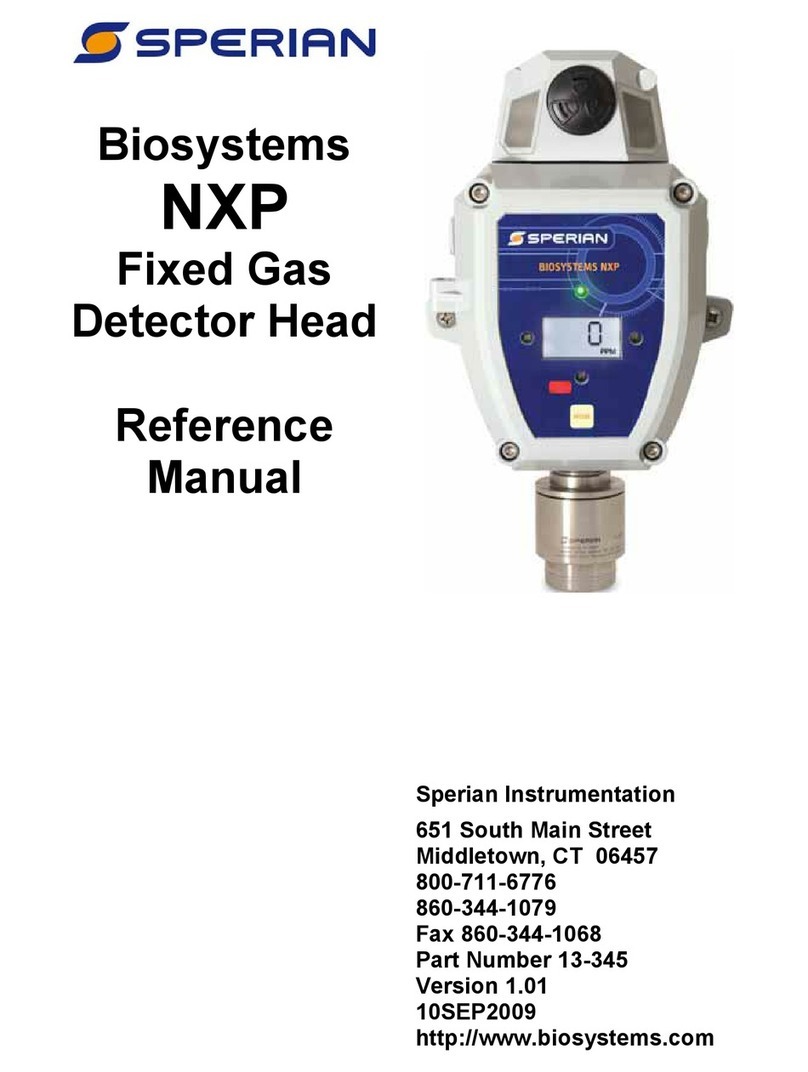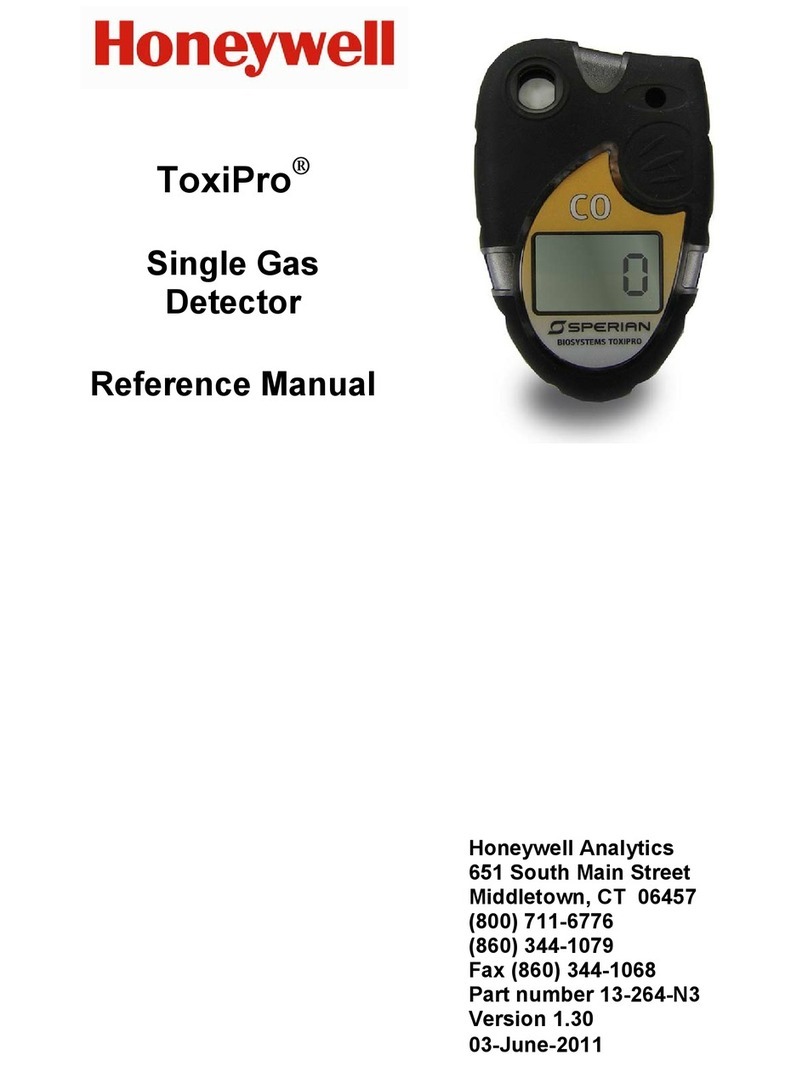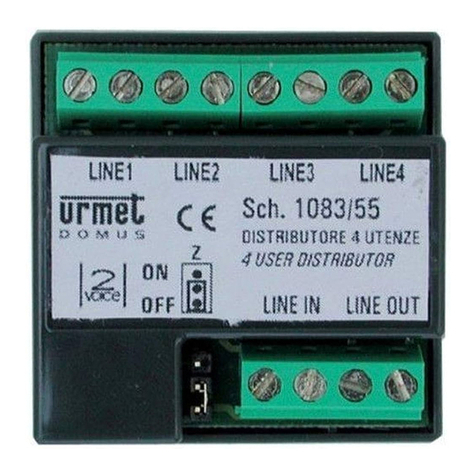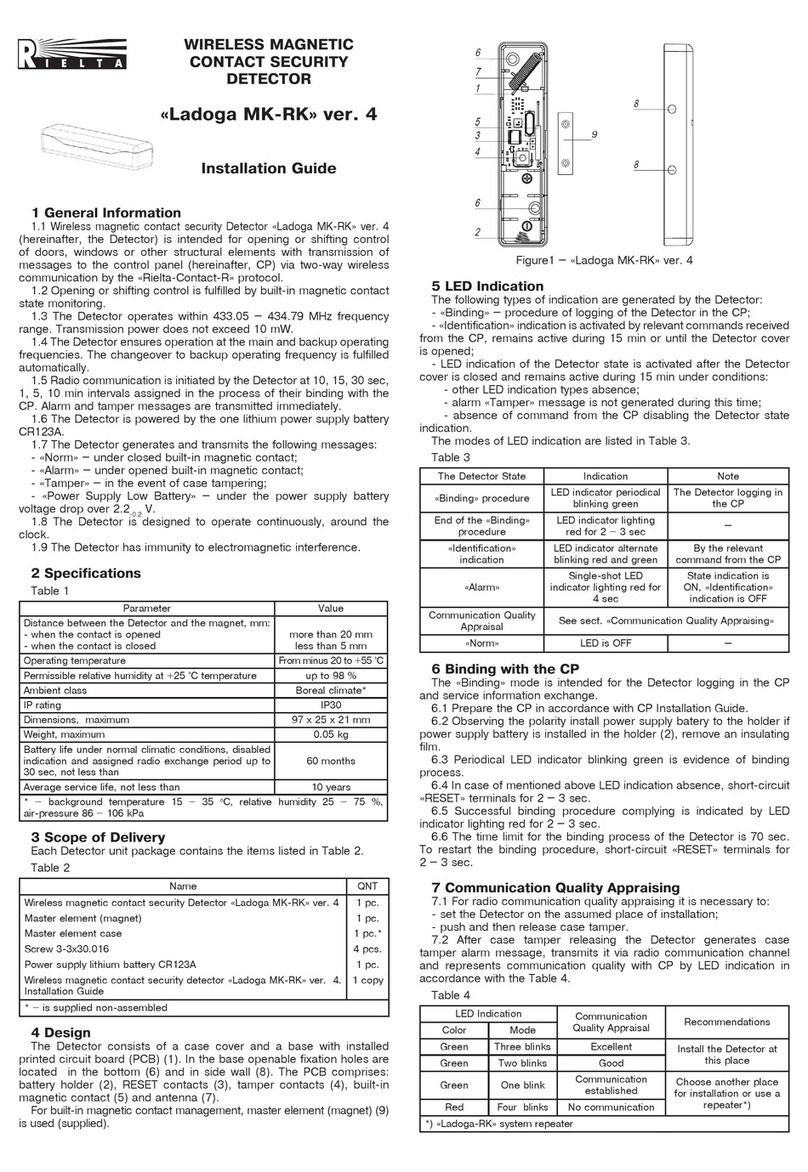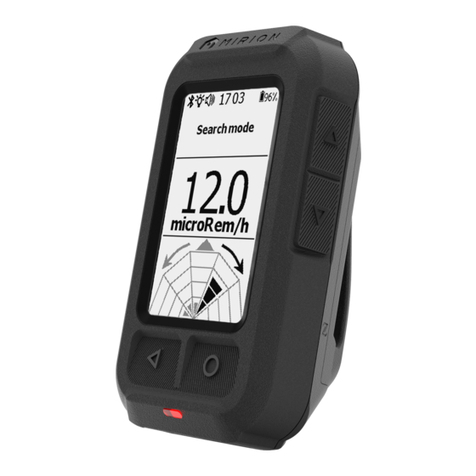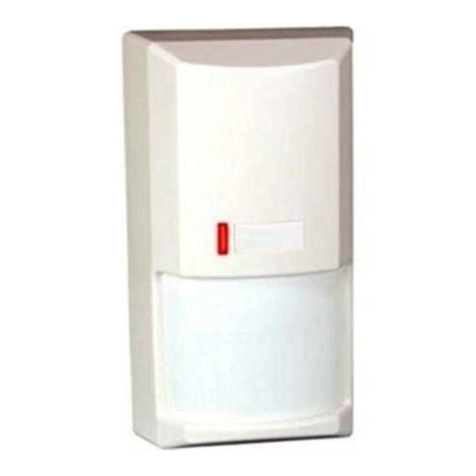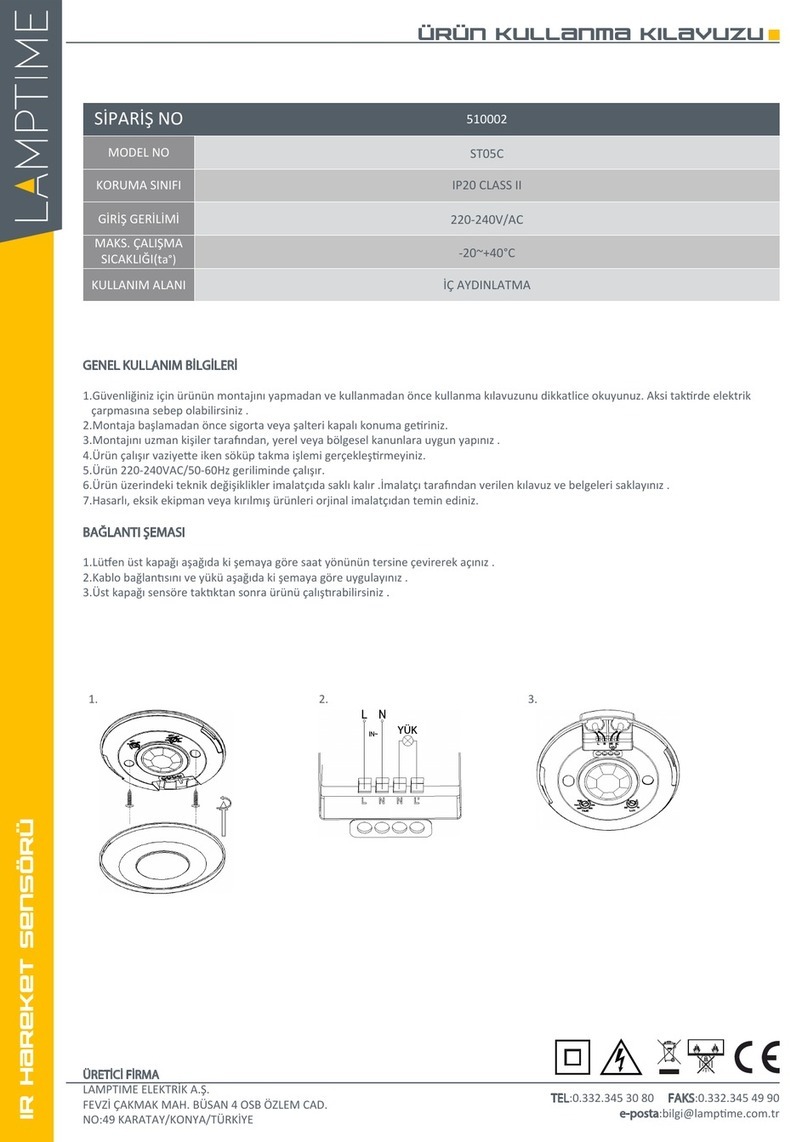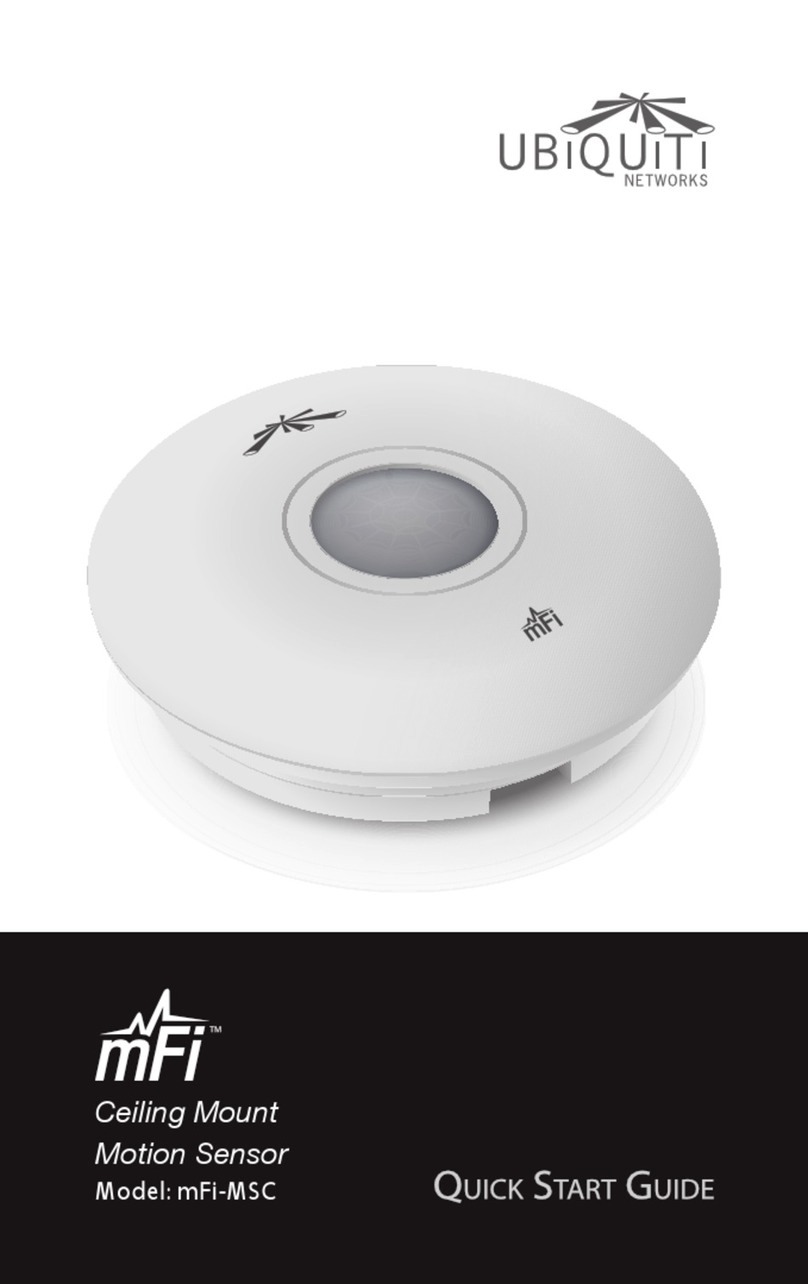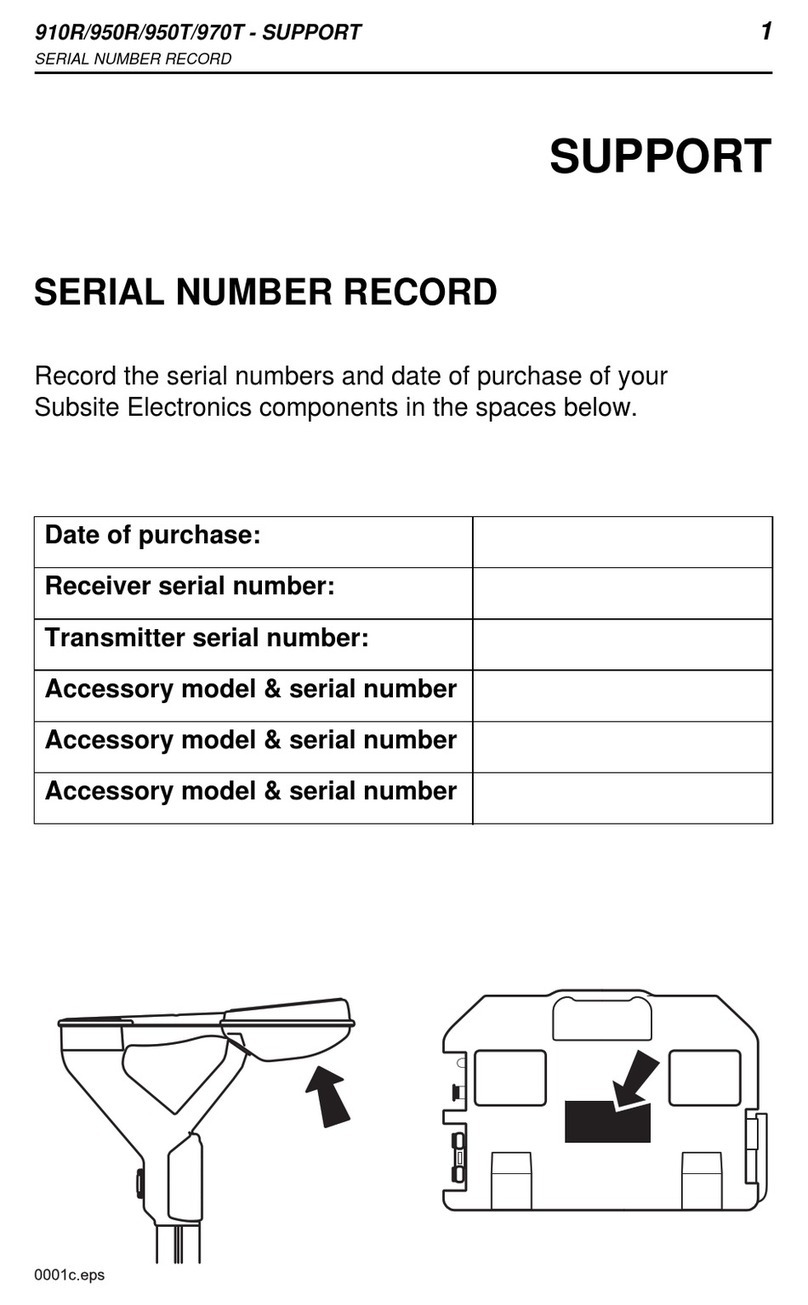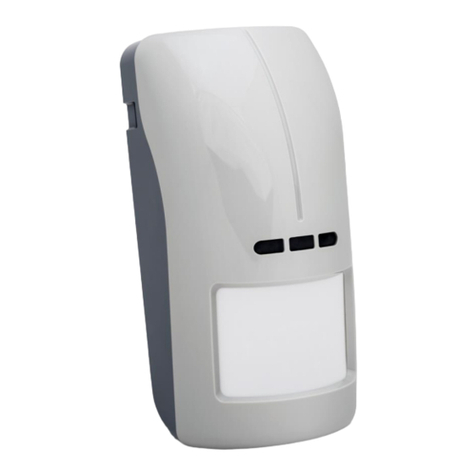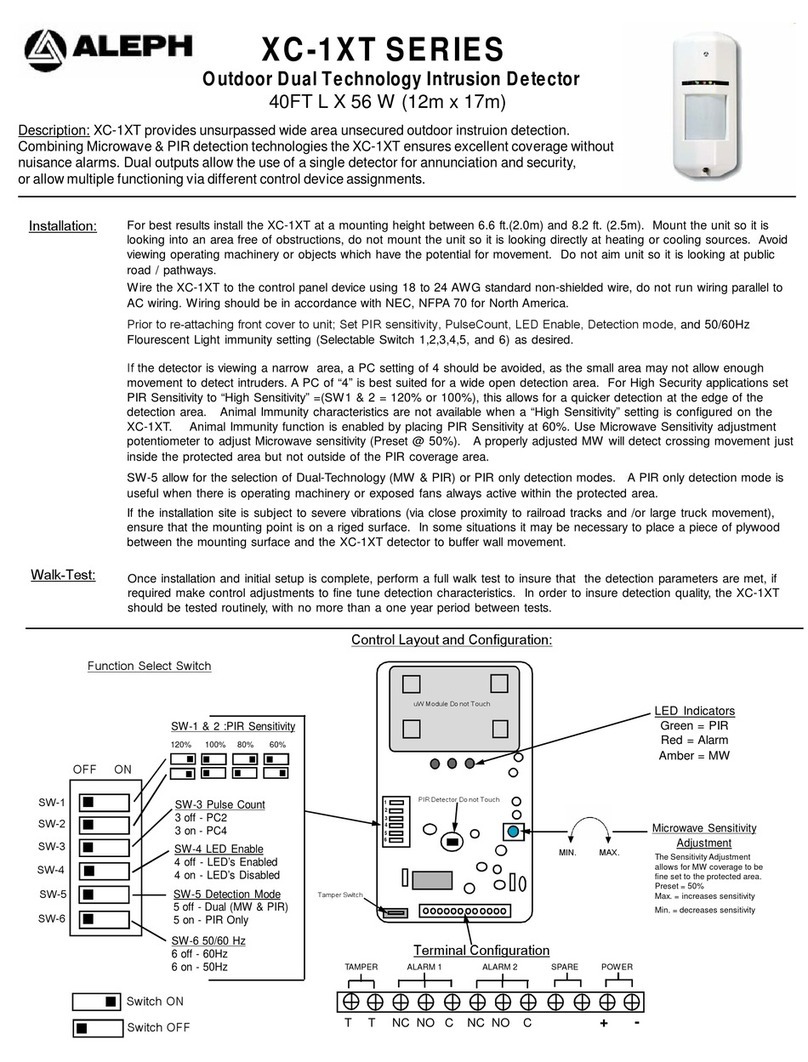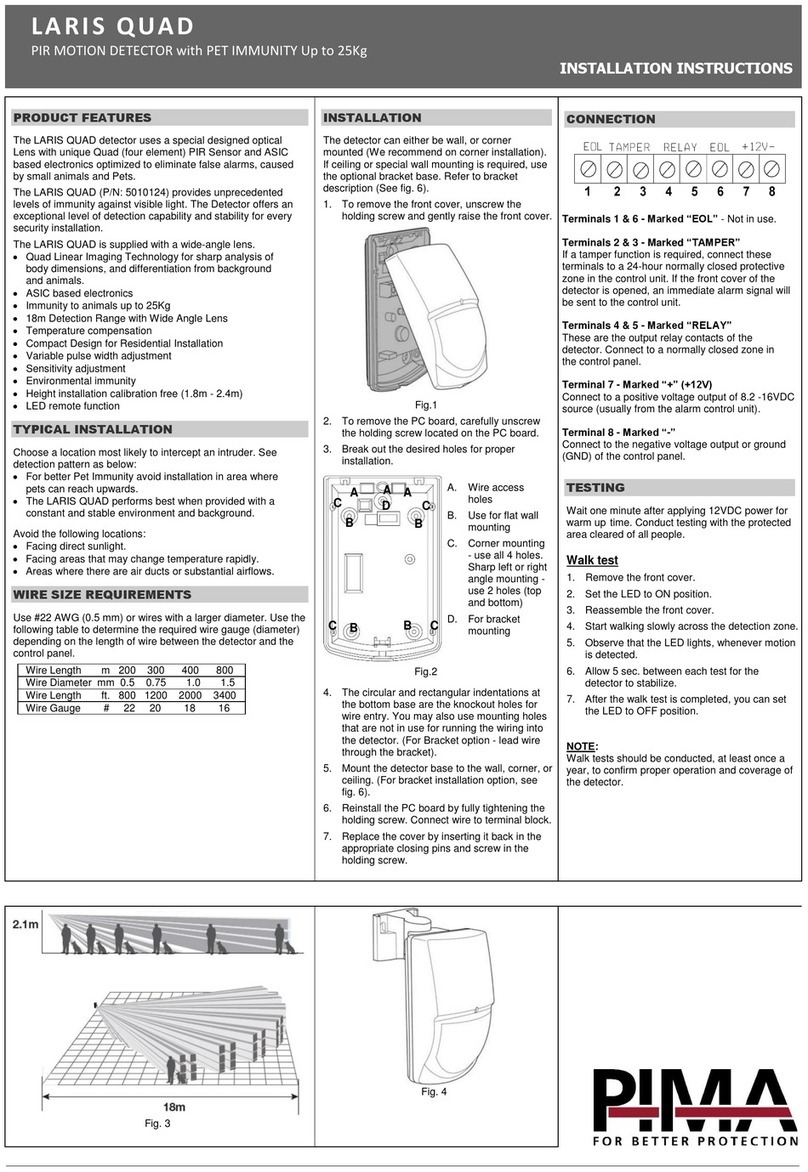
9
1.8.1 Black box data recorder
A black box data recorder is a standard feature in
the PHD6. The “black box” is continually in
operation whether the user is aware of it or not.
The black box stores important information such
as gas readings, turn-on times, turn-off times,
temperatures, battery conditions, the most recent
calibration date and settings, types of sensors
currently installed, sensor serial numbers,
warranty expiration and service due dates, and
current alarm settings.
There is a finite amount of memory storage
available in the black box data recorder. Once
the memory is “full”, the PHD6 will begin to write
the new data over the oldest data. The black box
data recorder will store a minimum of 63 hours of
data in one-minute increments before it begins to
write new data over the oldest data. In this way,
the newest data is always conserved.
To extract the information from the black box data
recorder, the PHD6 must be returned to Sperian.
Once the data is downloaded from the
instrument, a report will be generated. The unit
and the report will then be returned to the user.
Simply call Sperian’s Instrument Service
Department to obtain a return authorization
number. There is no charge for the downloading
service, but the user is responsible for any freight
charges incurred.
The “black box” data recorder in the PHD6 can
be upgraded to a fully enabled datalogger at any
time. All that is required is the activation code
that corresponds to the serial number of the
PHD6 and the PHD6 Upgrade Utility Program.
1.8.2 Event logger
The event logger in the PHD6 stores data
associated with alarm conditions. Each (alarm)
event includes the following data for each of the
installed sensors:
•Sensor type
•Max reading
•Average reading
•Start time
•End time
•Duration of the event.
The PHD6 stores the data from the 20 most
recent alarm events. Once 20 events have been
stored, the PHD6 will begin to systematically
overwrite the data from the oldest event in
memory with data from new events. One event
may be a combination of different alarms
occurring simultaneously or in immediate
succession. The event logger may be
downloaded using BioTrak software. The PC
must be equipped with IrDA to provide a
connection.
1.9 PHD6 design components
1. Case: The instrument is enclosed in a solid
PC (polycarbonate) case with TPE (rubber)
overmold.
2. Front face: The front face of the instrument
houses the MODE button, navigation keys,
LCD (liquid crystal display), LED alarm lights,
and audible alarm ports.
3. Display: A liquid crystal display (LCD)
shows readings, messages, and other
information.
4. Alarm LEDs: Top, front and side-mounted
LED (light emitting diode) alarm lights provide
a visual indication of alarm state.
5. Infrared Port: The infrared port is located at
the bottom of the instrument and is used for
communication between the PHD6 and a PC.
6. On / Off "MODE" button: The large black
push-button on the front of the instrument is
the "MODE" button. The MODE button is
used to turn the PHD6 on and off as well as
to control most other operations, including
the initiation of the automatic calibration
adjustment.
7. Navigation Keys: The up and down
navigation keys are located between the
MODE button and the display.
8. Sensor compartment cover: The sensors
are located in a vented compartment at the
bottom of the instrument.
9. Audible alarm ports: Two cylindrical ports
extending through the front of the instrument
on opposing sides of the MODE button house
the loud audible alarms. The waterproof
audible alarms seat directly to the rubber
inner-liner to protect the instrument against
leakage or exposure to liquids.
10. Battery pack: Two types of interchangeable
battery packs (rechargeable Lithium Ion (Li-
Ion) and disposable alkaline) are available for
use. Li-Ion battery packs are recharged with
the pack installed on the PHD6.
11. Battery charger connector: A water-
resistant connector at the bottom of the case
assembly is used to connect the PHD6 to the
“drop in” style charger.
12. Battery Compartment / Clip: The battery
inserts from the back of the instrument. A
sturdy clip attached to the battery allows the
user to wear the PHD6 on a belt or other
article of clothing.
1.10 PHD6 standard accessories
Standard accessories included with every PHD6
include calibration adapter, additional tubing for
use during calibration, manual sample draw kit,
reference manual and quick reference card. The
manual sample draw kit consists of a sample
draw / calibration adapter, squeeze bulb,
replacement sample probe filters, ten feet of
tubing and a sample probe.
